 |
| Casio CDP130 |
UPDATED REVIEW – April 1, 2019 – BEST DIGITAL PIANOS UNDER $500US – UPDATE: The Casio CDP130 replaced the prior CDP120 and is upgraded with more instrument tones (10 of them vs 5 in the CDP120), a digital metronome (a useful feature), and a bigger reverb hall effect, and it’s less money too. The piano sound, key action, and pedaling control is identical between the two models. Read my previous CDP120 review below to get info on the CDP130 with regard to the playing experience. The CDP130 is internet priced at $349US. Also, the Yamaha P35 has been replaced by the newer Yamaha P45. There have been some upgrades and improvements to this new model and yet the price has not changed. Go to my following review of the Yamaha P45 to learn more about it: Yamaha P45 Review. With the exception of the Yamaha P45, all these models are now discontinued.
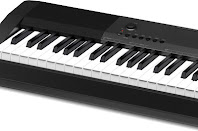 |
| Casio CDP120 |
Prior CDP120 & P35 Review: There is really no reason to purchase a Casio CDP120 now with the new CDP130 available at a lower price for more features. I recommend the Yamaha P35 ($449 internet price – left pic below) & Casio CDP120 ($449 internet price – left pic above) basic 88-key portable digital pianos for under $500. Although it’s sometimes good to spend as little money as possible to get a new 88-key digital piano, there are certain things you should know about before you buy in this price range. For most people looking for a good but inexpensive digital piano, it can be very difficult to determine whether or not an instrument is right for you. Low price does not always equate with the best “deal” either. Both of these pianos have similar features (with a couple of exceptions) and can be adequate for a time during beginning stages of playing depending on your musical background and playing/learning goals.
| Yamaha P35 |
The Yamaha P35 & Casio CDP120/CDP130 are basic in design, functions, sound, and key action but are definitely better than any 61 or 76 note keyboards out there in this price range and their their piano key actions are clearly more realistic than keyboards are, and that’s a good thing. The Yamaha P35 has 10 instrument sounds with a fairly nice sounding piano tone for it’s size, as opposed to 5 instrument tones on the Casio (the difference is no big deal really since most people seldom use the other instrument tones). The Casio CDP120 has a nice piano tone for its size and has 48 note polyphony piano memory as opposed to 32 note polyphony on the Yamaha (better on the Casio but not a huge upgrade over the Yamaha). Polyphony is the amount of computer memory used to create a good piano sound, and just so you know, the average amount of polyphony memory on new digital pianos these days is 128-note polyphony or 4 times as much as the Yamaha P35 and 3 times as much as the Casio CDP120. This extra polyphony (piano/instrument key memory) will be important as you progress in your piano playing and lessons so that you get a more realistic piano experience along with better dynamics, overtones, expression, etc as well as having better digital power to combine 2 instrument sounds together. Both Yamaha and Casio have upgraded piano models with a lot more polyphony memory (and other features) for not much more money. Those models are the Yamaha P115 and Casio Privia PX160 (see links below).
| CDP120 |
A great way to learn how to play is to be able to record your playing one hand or the other and then play it back to hear how you did or to play along with it using the other hand that you did not record. You can slow down the playback speed to accomplish this task and it works well. Neither the Casio CDP120 or Yamaha P35 can do this but the two models above them do have that function (digital recording) and it’s quite useful and I recommend it to all my students as well as using that function myself when I want to learn or play separate parts. It’s pretty cool and definitely worth having if at all possible.
 |
| Casio CDP120 |
As far as key action moment for digital pianos under $500, both the Yamaha P35 and Casio CDP120 are much better than cheaper keyboards although the key action on both of them is not as good as the Casio Privia PX160 ($499 not incl optional furniture stand or 3-pedal unit) or PX760 ($799 internet price – includes both the furniture stand & 3-pedal unit) in reproducing the acoustic piano playing experience. The key action movement in the upgraded Yamaha P105 ($599 internet price, not incl stand or pedals) is identical to the Yamaha P35 which is OK but still does not feel like a real piano, at least to me based on my experience. I was hoping the upgraded Yamaha P115 would have a better, more realistic key action like the upgraded Casio PX160, but it does not. So by default, the Casio PX150 wins “hands down” in that way over the Yamaha P115, and that is the number one most important thing to look for when buying a digital piano for any price in my opinion…proper piano key action moment so that you can keep the piano for a long time and not have to worry about needing to buy something else later on, unless you want to.
| Casio PX160 with stand & pedals |
Another thing you cannot do on either the Casio CDP120 or Yamaha P35 is add a traditional 3-pedal unit to the piano. A full 3-pedal unit will give the student/player the experience of playing a real upright acoustic piano when it comes to the pedaling, which is important as you progress in your music. The “half-pedal feature” and the Yamaha P115 and Casio CDP120 is also helpful to students as they progress in their skill level. Optional 3-pedal units from Yamaha & Casio are relatively inexpensive and easy to add to both the Yamaha P115 and the current model Casio Privia PX160, but they cannot be added to the lower price pianos I am talking about here. Also, the sustain pedal length (decay time) is somewhat short compared with with the Yamaha P115 and Casio PX160. Decay time is the amount of time the sound will stay resonating when you press down the sustain pedal after you play a key on the piano. This function is also important as you progress in your skill level and the Casio CDP120 and Yamaha P35 have relatively short sustain/decay time. This makes it more difficult to play legato, slower music and have longer pedal sustain resonance. As a beginner you will not notice this situation, but if you have played regular acoustic piano for any length of time or are at a higher skill level, this situation may bother you.
| Kawai ES100 |
These pianos are lightweight, easy to carry, easy to use, and fun to play for basic piano practice and playing (especially over using a keyboard) and I do recommend both the Yamaha P35 and Casio CDP120 digital pianos if you have limited funds. But I do so only if you cannot spend slightly more money on the better pianos such as the Yamaha P115 and Casio PX160, PX350, or even the Kawai ES110 ($729 internet price) which offers an amazing piano playing experience. When you really analyze it, if you plan on keeping the piano for at least a few years (most people keep their inexpensive digital pianos for about 3-5 years), the difference in price for the better pianos is not much more.So before you get a Casio CDP120, CDP130, or Yamaha P35, consider spending a bit more money on an instrument with a better key action, better pedaling experience, and a more realistic acoustic piano sound.
| Casio PX760 |
I would recommend you also consider investing in the new & better PX760 with the more realistic key action movement) because it will payoff in the long run in lots of great ways along with holding its longer because of the upgraded functions, much more realistic key action, and vastly upgraded polyphony memory amount. Either way, the bottom line is… get a good digital piano (that you can afford) and experience the happiness and joy it can bring you and/or family. That’s the most important thing…to have something that motivates you and/or your kids to play and play more often. There are also bad “off-brand” inexpensive digital pianos out there so do your homework before you make a purchase. If you want to learn more about the other pianos I have mentioned here, please go to my reviews at the following links below:
– Casio PX160 Review
– Casio PX760 Review
– Kawai ES110 Review
If you want more info on these and other pianos and lower prices than internet or store discounts, please email me at tim@azpianowholesale.com or call me direct at 602-571-1864
* I recommend eMedia educational software. If you decide to make a purchase after clicking on link below, I have arranged a big discount for you direct with eMedia for their educational software and that discount price is displayed through this link only! I want to see everyone learn to play and enjoy piano!
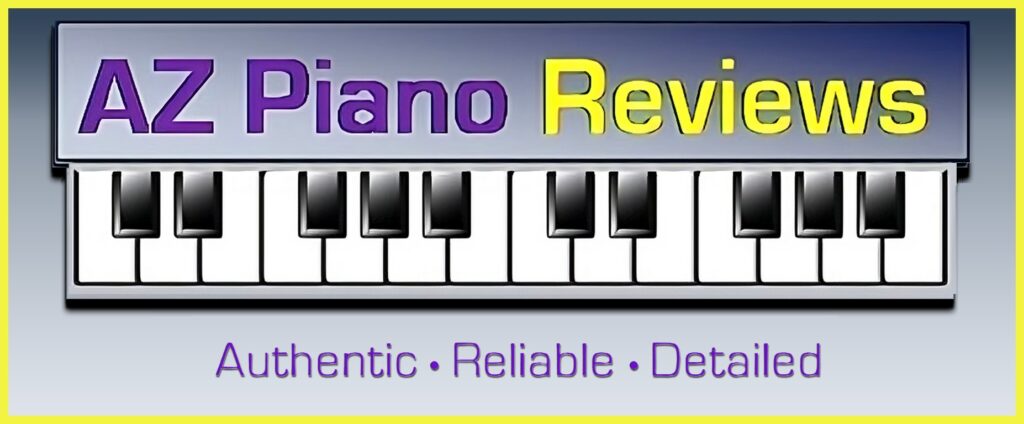



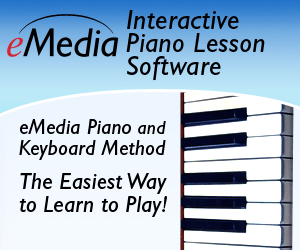


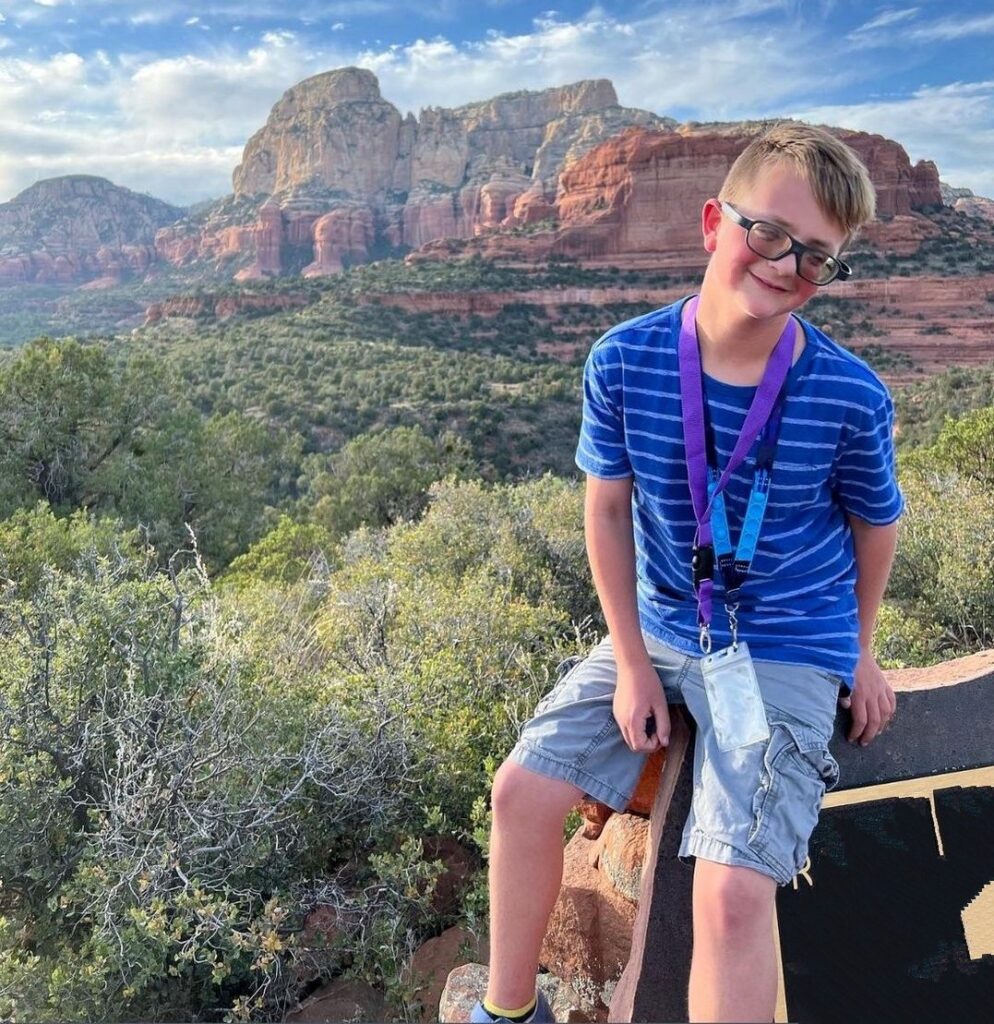
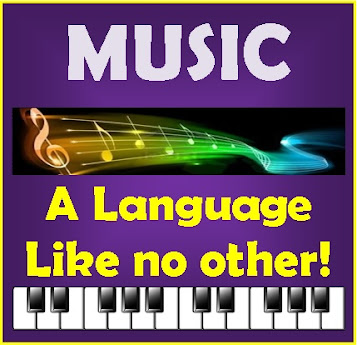
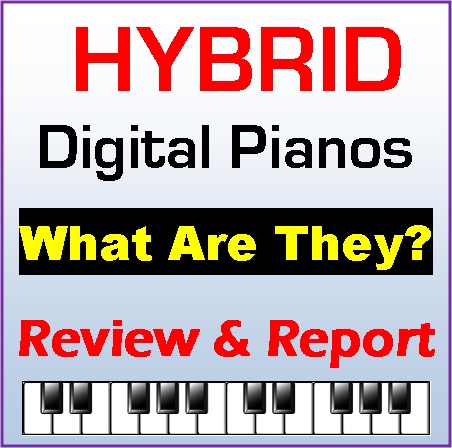
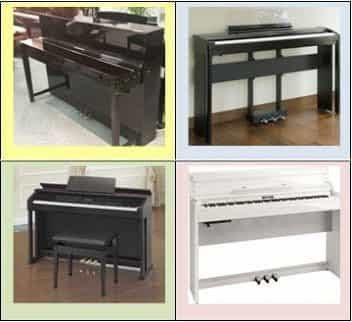
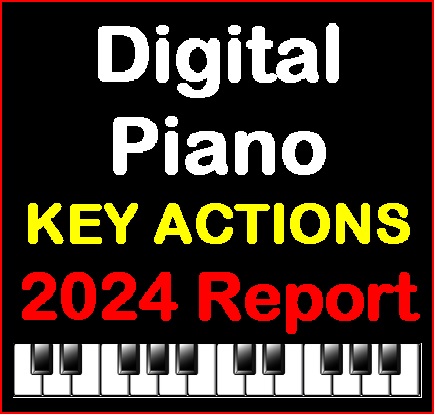
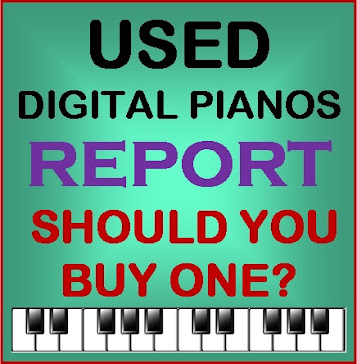
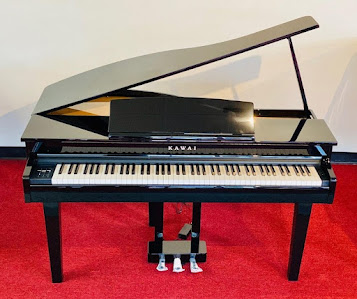
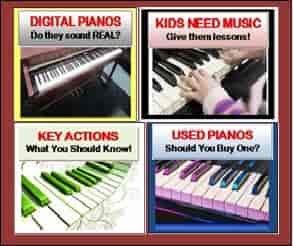
I Liked piano yamaha,, nice blog.,.,
Thaank you so much, this was VERY helpful
Polyphony represents the number of notes that a digital instrument can play at any one time – and is not directly related to memory (more so to processing power and the number of digital oscillators available). The rule of thumb is that if, for example, a digital piano has polyphony of 128, it can play up to 64 stereo notes at any one time before it must drop notes to allow new ones to sound. Some instruments also "steal" a few notes of polyphony to use for certain effects. Also, if you combine two sounds, such as stereo piano and strings, polyphony may halve once again.
When playing dense passages with the sustain pedal depressed, it is possible to run out of available notes, and so a high polyphony count is essential to provide a realistic playing experience – some DPs are now available with 256-note polyphony. In addition, the way the electronics are programmed to deal with note cut-off when the polyphony count is exceeded can have a dramatic effect on how noticeable the issue becomes.
Is the CDP-220R in the same category as the CDP-120 as far as design sound and key action is concerned, or is the CDP-220R an upgraded model with better sound, key action etc?
Same except for the extra fun stuff on the 220.
Thank you. I guess since we're buying this for our kids who are beginners and using it mainly for enjoyment, the CDP-220 is better for us and worth paying a little extra for the fun stuff…
Hello Mr. Praskins,
I have read your comments so would like your suggestion…
My daugther is 4 years old just start Suzuki Piano lesson but I'm not so sure how long she will play. Her teacher said we should get her a piano to practice at home. As begininging as kids, can you please recommend which model will be good to buy? Thanks so much.
Would you compare the P35 and CDP120 key action against each other (since this is probably just above our ballpark to stay in)?
Hello,
I am from Rotterdam, The Netherlands.
Recently I bought the Casio CDP120 for only € 250,- and use it with headphones in the late evening [and sometimes at night] in stead of my acoustic grand piano. It is nice to be able to play and at the same time not disturbing my neighbours.
Which one worth buying ? The p35 or the cdp 120? Im more about sound and recording quality.
thanks for your comments. Please email me direct and I will share with you some new low discount prices available on the pianos you mentioned including the ES7.
Thinking of buying CDP-120 for my 7 yrs old daughter, she just started her lessons on an acoustic piano. Found a deal for 2nd hand one for 300 USD. what do you think about this?
That digital piano model and price should be fine for a beginner and much better than a keyboard.
Would the short pedal sustain/decay issue on the CDP-130 (and Yamaha P35, for that matter) be carried over when using MIDI to play high quality sampled or modelled pianos with long decays in a DAW? Thanks in advance. I really appreciate your blog.
No. I tried it with trupioano and the Polyphony and Decay depends on the software.
I'm in huge doubt between CDP 120 and CDP 130. The price difference is U$ 95,00.